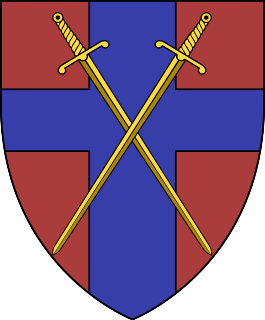
There have been two formations named British Army of the Rhine (BAOR). Both were originally occupation forces in Germany, one after the First World War, and the other after the Second World War. Both formations had areas of responsibility located around the German section of the River Rhine.

The Royal Logistic Corps provides logistic support functions to the British Army. It is the largest Corps in the Army.

The Army Air Corps (AAC) is a component of the British Army, first formed in 1942 during the Second World War by grouping the various airborne units of the British Army. Today, there are eight regiments of the AAC as well as four Independent Flights and two Independent Squadrons deployed in support of British Army operations across the world. They are located in Britain, Brunei, Canada, and Germany. Some AAC squadrons provide the air assault elements of 16 Air Assault Brigade through Joint Helicopter Command.

The 1st Division, formerly known as the 1st Armoured Division, is a division of the British Army. It has recently returned home from being stationed in Germany. Originally formed in November 1937 as the Mobile Division, it saw extensive service during the Second World War and was disbanded afterwards; reconstituted in 1976, it remains in service. It should not be confused with the 1st Infantry Division.
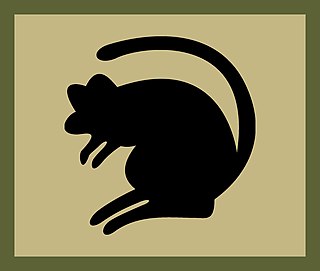
4th Infantry Brigade and Headquarters North East, previously known as 4th Mechanized Brigade is a brigade formation of the British Army, currently based in Catterick, North Yorkshire as part of 1st Division. The brigade, now known as the 'Black Rats', was formed in 1939 and fought in the Second World War in the Western Desert Campaign in North Africa. The Black Rats were subsequently involved in the invasion of Sicily and fighting in Italy before taking part in the Battle of Normandy and the advance through Belgium, Holland and into Germany.
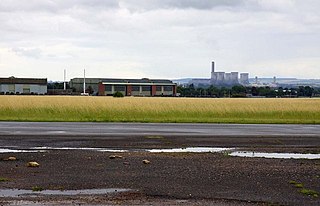
Dalton Barracks is a military installation near Abingdon in Oxfordshire, England and home to No. 3 and 4 Logistic Regiments of the Royal Logistic Corps.
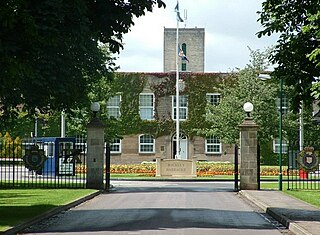
Buckley Barracks is a British Army barracks in Wiltshire, England, about 4 1⁄2 miles (7 km) north of Chippenham and 15 miles (24 km) west of Swindon.
160 Transport Regiment Royal Logistic Corps (Volunteers), was a regiment of the Territorial Army in the United Kingdom.

The Berlin Infantry Brigade was a British Army brigade-sized garrison based in West Berlin during the Cold War. After the end of World War II, under the conditions of the Yalta and Potsdam agreements, the Allied forces occupied West Berlin. This occupation lasted throughout the Cold War. The French Army also had units in Berlin, called Forces Françaises à Berlin and the US Army's unit in Berlin was the Berlin Brigade.
Land Command was a military command and part of the structure of the British Army from 1995 to 2008. Its headquarters was at Erskine Barracks, at Fugglestone St Peter, some four kilometres northwest of Salisbury in Wiltshire.
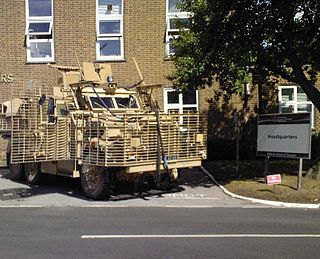
The Defence School of Transport (DST) is located at Normandy Barracks, Leconfield near Beverley, East Riding of Yorkshire in England.

The British Army's 1st Artillery Brigade, formerly 1st Artillery Brigade and Headquarters South West, is a formation under 3rd UK Division that has control over close support artillery units within the British Army and was the Regional Point of Command (RPoC) for British Army units in the South West Region.

Barker Barracks was a military installation in Paderborn, Germany.
The following is a hierarchical outline for the structure of the British Army in 1989. The most authoritative source for this type of information available is Ministry of Defence, Master Order of Battle, and United Kingdom Land Forces, HQ UKLF, UKLF ORBAT Review Action Plan, HQ UKLF, 1990.
The 29 Group, formerly 29 Engineer Brigade, is an engineer formation of the British Army responsible for Explosive Ordnance Disposal and Search. Its headquarters were at Aldershot.
Army 2020 was announced in parliament in November that year which would see a massive re-organisation of the British Army. After many lessons and Operation Herrick, the higher command sought to make an army that was 'prepared for the future'.
1 Signal Regiment is a military communications regiment of the British Army. The regiment is now part of the 11th Signal Brigade.
The 4th Signal Group was a group sized unit of the Royal Corps of Signals within the British Army that supported the British Army of the Rhine. The group's main job was to supervise all of the static communications used by the British Forces in Germany. Although it had a very short history of just under 30 years the group did have a vital role of supporting the British Army of the Rhine and 2nd Tactical Air Force.

The 1st Field Engineer Squadron is an engineer unit of the Corps of Royal Engineers within the British Army. The squadron was first formed in 1914 following the mobilisation of the Army for World War I. The squadron later supported The Cavalry Division and the first British Army of the Rhine. The squadron later saw service in World War II and today supports the 21st Engineer Regiment of the new 1st Strike Brigade.











